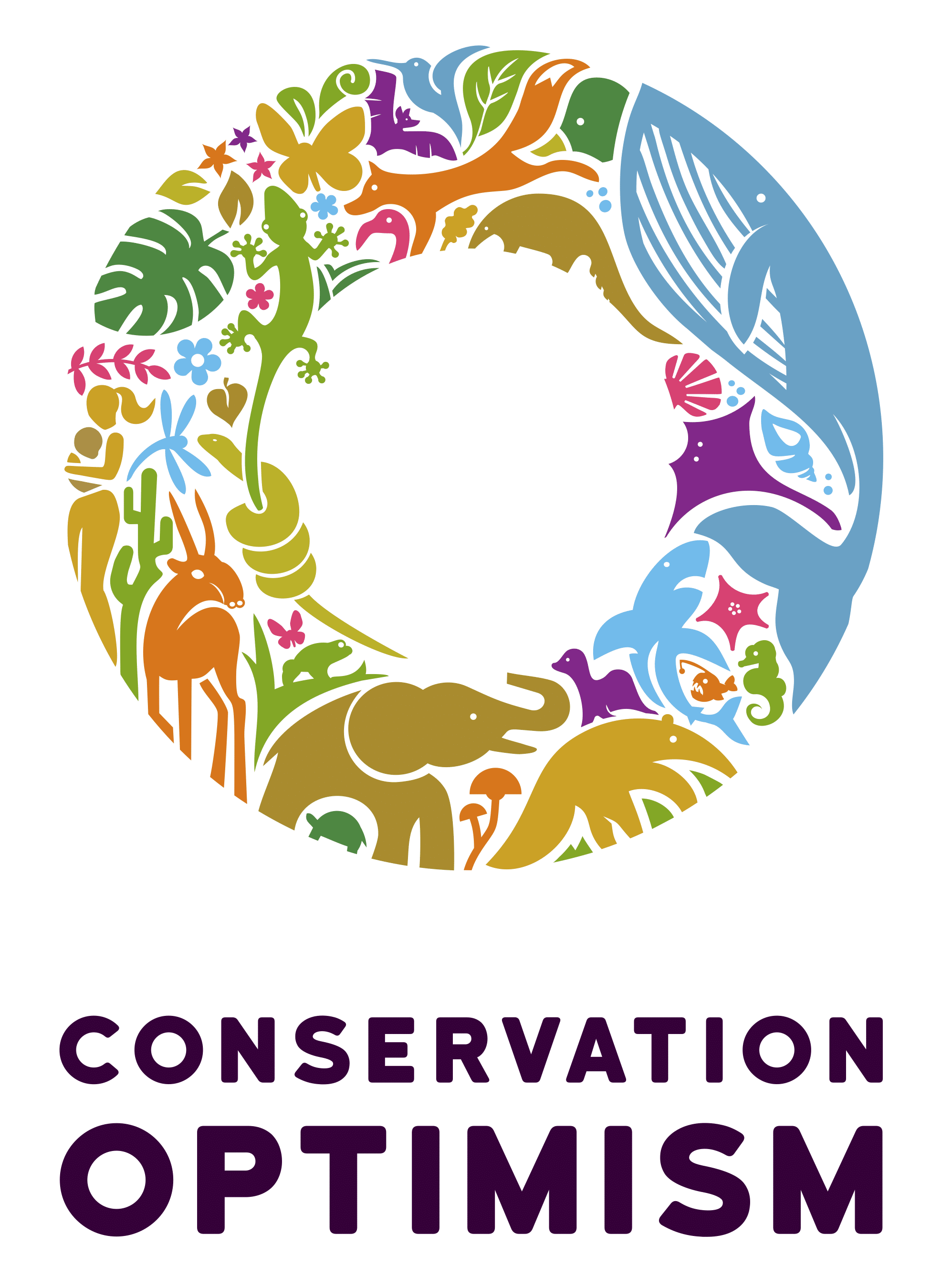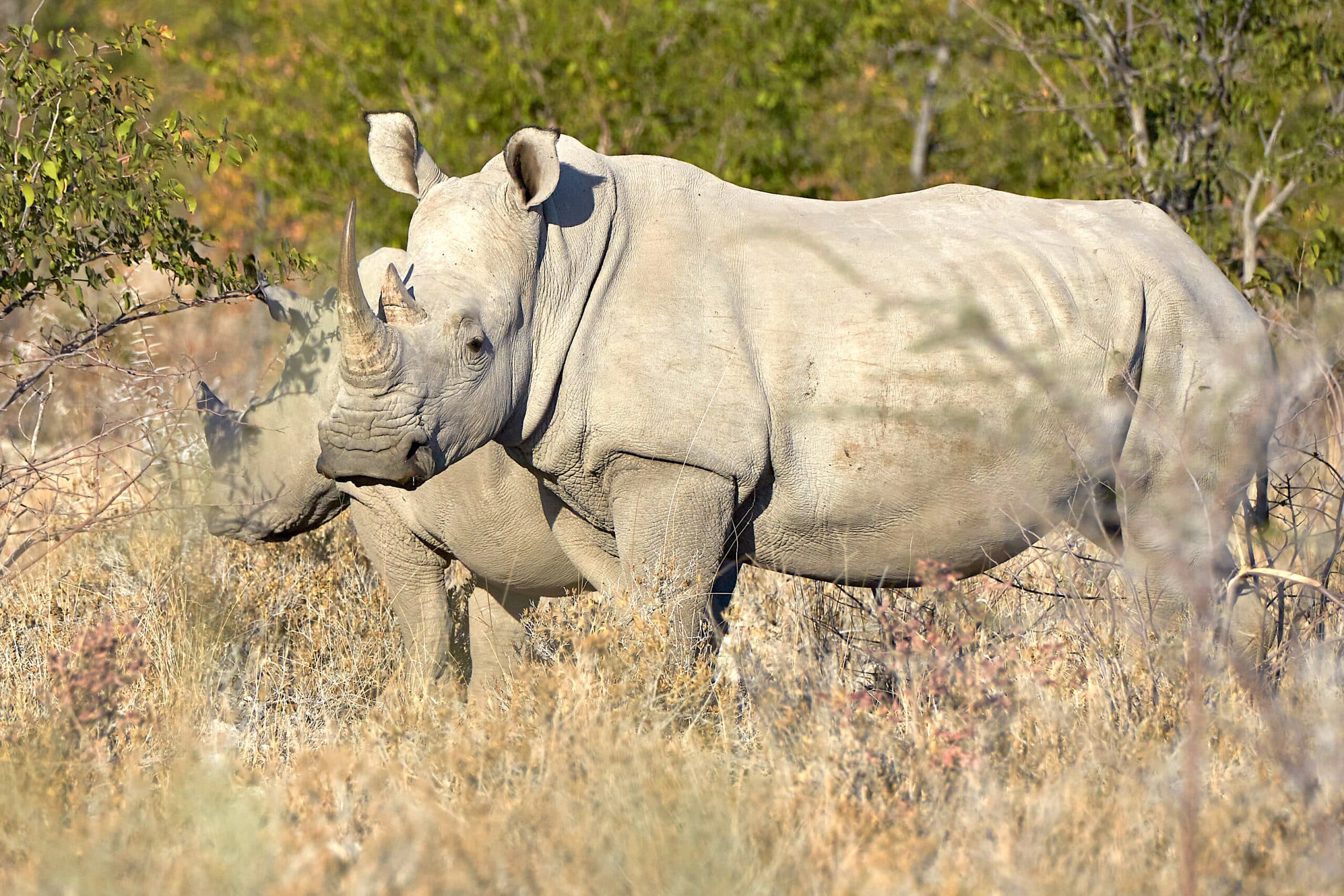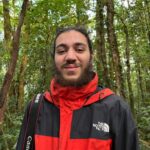Wondering what went right this week in the conservation world? We’ve got you covered with our Conservation Optimism Round-Up! We are collating stories of optimism from around the globe so that you never miss your dose of weekly motivation.
1. Southern purple-spotted gudgeon fish, thought to be extinct for more than 20 years, released into the wild
“A program to breed an “insurance” population of the endangered fish, in partnership with Melbourne’s SEA LIFE aquarium, was declared a success after the first eggs hatched on New Year’s Day.”
Some Friday good news!
— SHOAL (@Shoal_Org) September 29, 2023
A gudgeon species, thought to be extinct for more than 20 years, successfully released into the wild after ex situ breeding programme 👏👏#ConservationOptimismhttps://t.co/sbwwTY7sDt
2. Crayfish release to improve river health in the Central Apennines
“Earlier this summer, nearly 400 juvenile crayfish were released into the Verde River in the Central Apennines rewilding landscape in Italy. This is good news for this threatened species and will help to enhance the condition of the river and local ecosystem.”
Thanks to #conservation efforts, 387 White-clawed #Crayfish have been released into the Verde River, Italy, facilitating the #reintroduction of this #keystone species into its #native #ecosystem! #rewildling #conservationoptimism #LetNatureThrive https://t.co/Wgx5bBMd4q
— Global Conservation Solutions (@_GCS_) September 27, 2023
3. Idaho’s first wildlife overpass under construction
“Some of Idaho’s wildlife between Lucky Peak and Idaho City will soon have another way to cross State Highway 21. The state’s first wildlife overpass is under construction, with a finish date of October.”
Thanks to the efforts of Idaho state transportation and #conservation organizations, a new overpass will help reduce #wildlifecollisions with #migrating animals like the Rocky Mountain #Elk!#conservationoptimism #LetNatureThrive Photo: Pinpointhttps://t.co/exeWVZV6pY pic.twitter.com/agMiBeMkAP
— Global Conservation Solutions (@_GCS_) September 23, 2023
4. First Nation and scientists partner to revive climate-saving eelgrass
“For Indigenous communities, the consequences of eelgrass loss are clear, and on the east coast of Canada, a project that partners researchers with Mi’kmaq knowledge holders and land users is now attempting to reverse that decline — with potential benefits for communities, and for the planet.”
Another inspiring story about indigenous efforts to restore the planet, this one about seagrass. My news to me good news for Sept 25 #OceanOptimism #EarthOptimism https://t.co/PBA1zQCERT
— Dr. Nancy Knowlton (@SeaCitizens) September 25, 2023
5. Takahē, a prehistoric bird once thought extinct returns to New Zealand wild
“Someone once called us, the land of the birds that walk,” says O’Regan, a Ngāi Tahu rangatira (elder). “There are few things more beautiful than to watch these large birds galloping back into tussock lands where they haven’t walked for over a century.”
After an absence of about 100 years, the #Takahe has been #reintroduced in the Lake Whakatipu Waimaori Valley in #NewZealand's South Island, signaling the #recovery of this important species!#NgaiTahu #rewildling #conservationoptimism #LetNatureThrive https://t.co/orxKKICVJ5
— Global Conservation Solutions (@_GCS_) September 28, 2023
6. Rhino numbers rebound as global figures reveal a win for conservation
“With this good news, we can take a sigh of relief for the first time in a decade. However, it is imperative to further consolidate and build upon this positive development and not drop our guard,” said Dr Michael Knight, Chair of the IUCN African Rhino Specialist Group (AfRSG)”
Some good news for #WorldRhinoDay after African authorities estimated that there were 23,290 rhinos across the continent at the end of 2022, 5.2% more than in 2021. 🦏
— IUCN (@IUCN) September 22, 2023
Learn more ➡️ https://t.co/psBYYiuj52 pic.twitter.com/bptfKWbhZV
7. Rejuvenated Caribbean ‘moonscape’ island granted protected area status
“The new protected area – named the Redonda Ecosystem Reserve – covers almost 30,000 hectares of land and sea, including the entire island, its surrounding seagrass meadows and a 180 square-kilometer coral reef.”
Thanks to #conservation efforts of the #Antigua and #Barbuda governments, and conservation organizations, a new #protectedarea covering 30,000+ hectares of land and sea has been created! 🌊#conservationoptimism #LetNatureThrive #ocean #marine https://t.co/jLGgP2SjGT
— Global Conservation Solutions (@_GCS_) September 25, 2023
Have a story to share for our weekly round-up? Use #ConservationOptimism on Twitter, Facebook, LinkedIn and Instagram!


